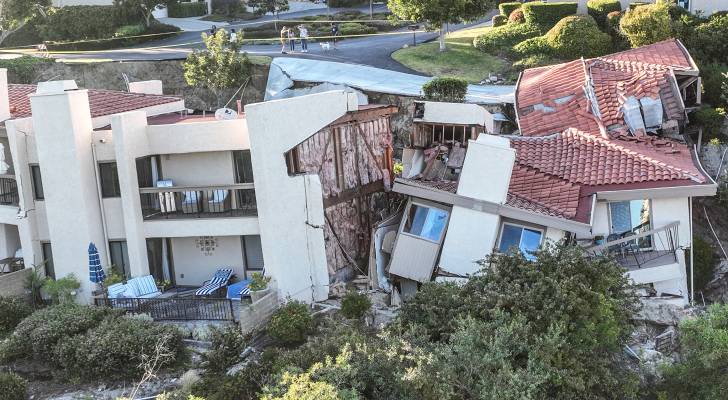The frequency and intensity of major storms have increased dramatically in recent years, culminating in a surge of natural disasters impacting the United States. In 2023, the Atlantic basin recorded 20 named storms, well above the historical average of 14 per hurricane season, as reported by the National Oceanic and Atmospheric Administration (NOAA). This surge follows years of escalating storm activity, with counts reaching 30 in 2020 and 21 in 2021, underscoring a trend that poses significant risks to homes and communities. Beyond tropical storms and hurricanes, other natural disasters, such as landslides, further complicate the landscape of risk management, as nearly 44% of the U.S. is at risk for such events according to the U.S. Geological Survey.
The implications of natural disasters extend beyond immediate physical damage to homes; they raise complex financial questions about mortgage obligations and insurance coverage. Homeowners may find that losing their home to a disaster does not absolve them of their mortgage responsibilities. Generally, homeowners must continue to repay their mortgage until the debt is fully settled, regardless of whether their property remains standing or livable. Failure to make mortgage payments after a disaster can lead to foreclosure, which can severely dent one’s credit score and impede future borrowing or renting opportunities. As foreclosure remains a serious consequence, understanding the continuity of mortgage obligations in the face of natural calamity is essential for homeowners.
In addition to mortgage commitments, homeowners are also responsible for any homeowners association (HOA) fees tied to their properties, even if those homes are destroyed by a landslide or another disaster. Neglecting these fees can lead to further financial repercussions, such as the risk of HOA foreclosure, creating a cycle of credit damage similar to a bank foreclosure. Thus, the responsibilities a homeowner carries during disasters extend beyond tangible property concerns to include ongoing financial duties that can affect their creditworthiness and future housing options.
While homeowners insurance policies might cover certain kinds of storm damage, they often come with significant limitations, particularly regarding natural events like floods and landslides. Most standard homeowners insurance policies do not include coverage for flood damage unless a specific flood rider is added. Additionally, earth movement events—such as earthquakes and landslides—are generally excluded from traditional homeowners insurance coverage. Homeowners in high-risk areas may need to procure additional insurance policies like a difference in conditions (DIC) policy, which might address these exclusions. However, obtaining such coverage can be challenging for properties located in landslide-prone regions.
If a landslide destroys a home and insurance coverage is lacking, homeowners may experience substantial financial setbacks. In these situations, there are potential avenues for relief. One immediate step could be contacting the mortgage company to seek forbearance on the loan. This option allows homeowners to temporarily pause their mortgage payments without marking their account as delinquent, providing some leeway as they assess their financial future. Likewise, in the wake of a natural disaster, assistance options may be available through government agencies such as the Federal Emergency Management Agency (FEMA), which offers help to affected households for temporary housing and other resources.
Ultimately, navigating the aftermath of a disaster like a landslide involves understanding both the obligations to lenders and the intricacies of insurance coverage. Homeowners need to be proactive in their financial planning, ensuring they have adequate insurance policies in place and exploring government assistance options when necessary. While the ramifications of natural disasters can be overwhelming, having clear strategies and support channels can provide some measure of relief in an otherwise distressing situation.

